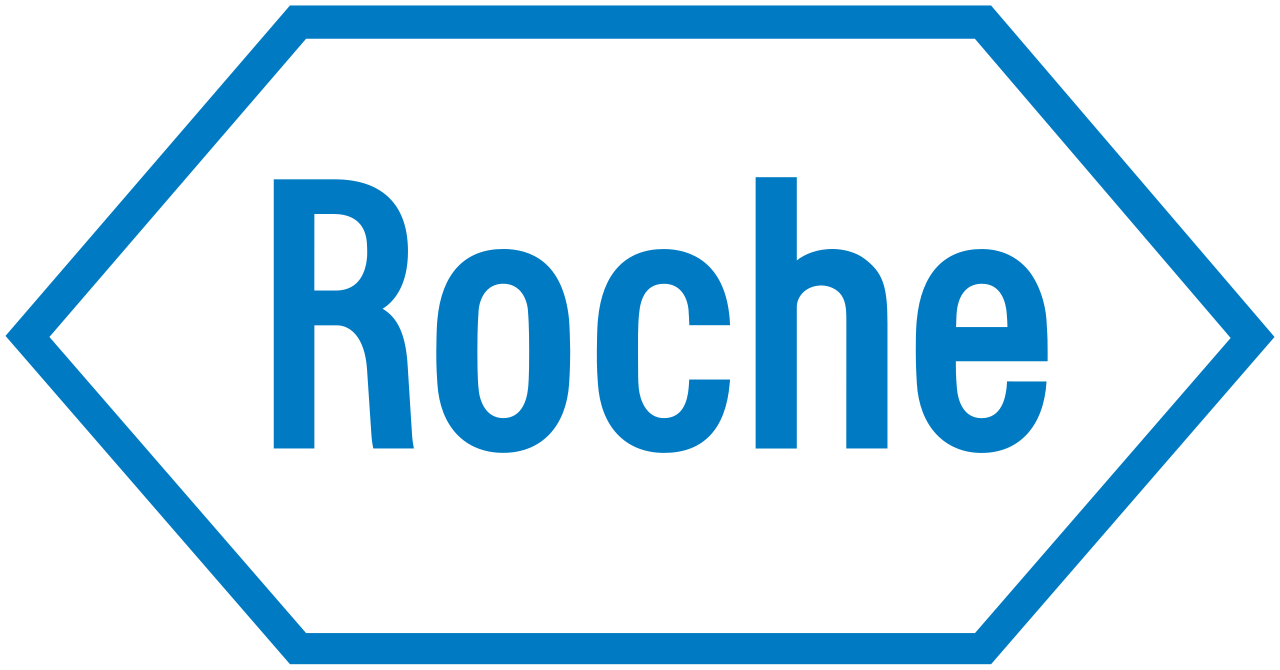Roche Diabetes Care interoperability Guide
based on FHIR R5
Overview
This R5 Implementation guide - or One RDC Interoperability guide - describes how information is represented in FHIR R5 standards and how the data can be exchanged through standard APIs.
This information will be helpful to systems engineers, and system programmers and it focuses on the API definitions that are necessary to provide connectivity between Roche and external systems. Promoting interoperability Roche provides timely and seamless portability of information and optimise the health of individuals and populations globally.
Users of this guide are expected to be familiar with the FHIR specification and resource processing. This guide provides links to relevant sections of the FHIR specification. This implementation guide is not intended to be a tutorial on that subject. To make the most of this guide, we recommend starting with the page "How to read this guide," which offers helpful tips on navigating and understanding the content.
Purpose
This Implementation Guide defines the use of FHIR resources to convey measurements and supporting data from Roche Diabetes care associated applications like mysugr, confidence to receiving systems for electronic medical records, quality measurement and research purposes.
How do we design this Implementation Guide
This Implementation Guide is designed as single source of truth for the understanding how to integrate with Roche Diabetes Care. This is achieved through the representation of datapoints and its corresponding FHIR modelling as Profiles which can be easily exchanged using global exchange formats like JSON & XML.
As such, this guide includes only a small subset of the Datapoint, Profiles and technical attributes that are internally managed, focusing on enabling the data model needed to reliably, securely, and easily exchange data with external partners.
FHIR provides a platform specification. A single set of resources (building blocks) for many different contexts. In order to fit our required context, adaptations will be necessary. These adaptations are basically called “Profiling”.
Some of the adaptations are:
- What elements (fields and complex data structures) of the standard FHIR specification are used.
- What is the cardinality and data type of each element.
- The specific semantics (Terminologies) that are enabled when appropiate.
- Syntactic Extensions to the FHIR Standard that enable interoperability of specific and nuance Diabetes data concepts.
Development and versioning of this Implementation Guide
Versioning
This interoperability guide will be evolved periodically in order to support new datapoints, FHIR Resources or terminologies based on the need of our partners. A version strategy is set in place to support compatibility:
- X.0.0 - Major revision. An incompatible change has been introduced to one or multiple FHIR profiles that requires the FHIR servers to provide new non-backwards compatible interfaces or a mapping strategy.
- 0.X.0 - Minor revision. A backwards compatible change has been introduced by either adding a new FHIR profile, new attributes to an existing FHIR profile or a new terminology that do not impact nullability or cardinality
- 0.0.X - Patch revision. Introduction of a backwards compatible bug fix or small tweak to existing profiles, existing attributes or terminologies.
This versioning strategy is based on the Semantic Versioning 2.0.0.
Versions and change log
You can check the changelog history here.
Implementations of this IG
This implementation guide has been designed to be a generic, extensible and standard FHIR model that can be implemented in multiple types of FHIR Servers aimed at solving different use cases.
Data Design team
This implementation guide is designed and mantained by the Data Architecture team from the Digital Development group in Roche Diabetes Care.
| Principal Knowledge Engineer Alejandro Montero Rivero |
Senior Knowledge Engineer Alberto Blazquez Herranz |


